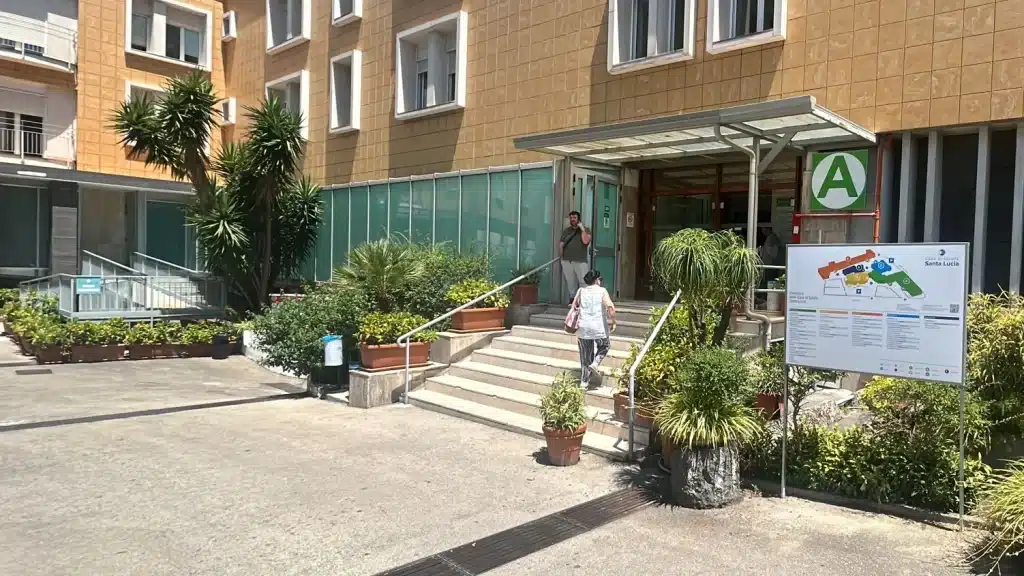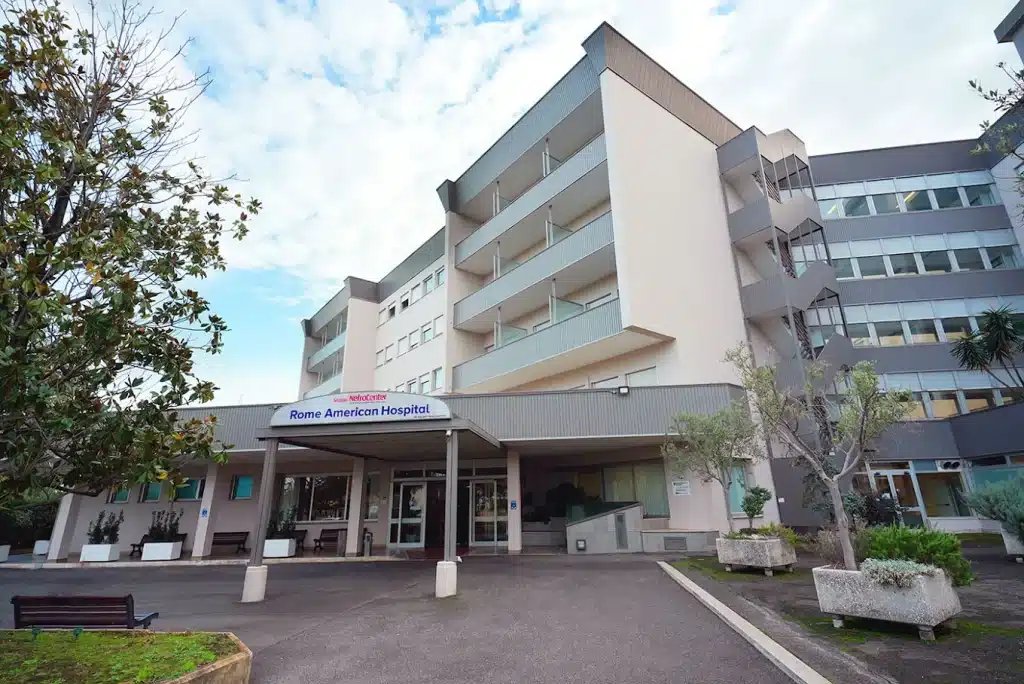Digestive Endoscopy is a diagnostic and, in many cases, therapeutic procedure that allows direct and detailed visualization of the internal surface (mucosa) of the upper gastrointestinal tract (esophagus, stomach, duodenum) through esophagogastroduodenoscopy (EGD, commonly known as gastroscopy) and the lower gastrointestinal tract (colon, rectum) through colonoscopy (or rectosigmoidocolonoscopy when limited to the last section). These procedures are performed using flexible instruments equipped with cameras (endoscopes) that transmit images to a high-definition monitor. Endoscopy enables highly accurate diagnosis of a wide range of conditions, including inflammation (esophagitis, gastritis, colitis), peptic ulcers, hiatal hernia, gastroesophageal reflux disease, polyps, and benign and malignant tumors. During the examination, small tissue samples (biopsies) can be taken for histological analysis, which is essential for confirming diagnoses. Endoscopy also plays a crucial operative role: it allows minimally invasive interventions such as polyp removal (polypectomy, a key procedure in preventing colorectal cancer), stopping digestive hemorrhages, dilating strictures (narrowing), and placing prostheses. To ensure maximum patient comfort and minimize anxiety and discomfort, all examinations can be performed under conscious sedation or, when necessary, deep sedation with anesthesiological assistance.




